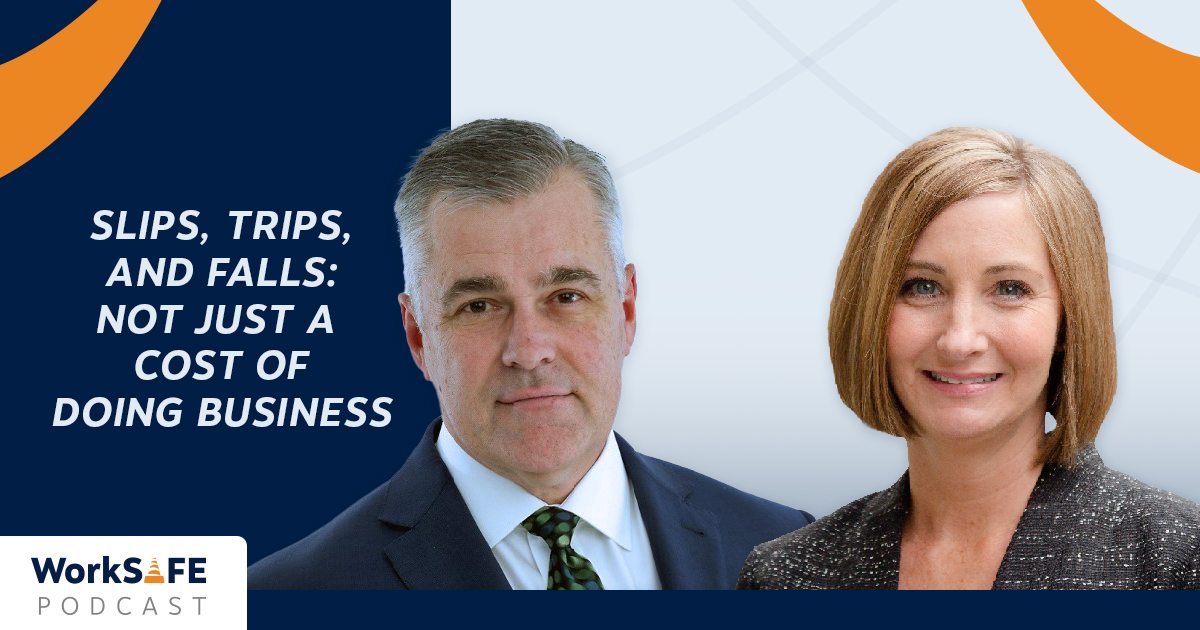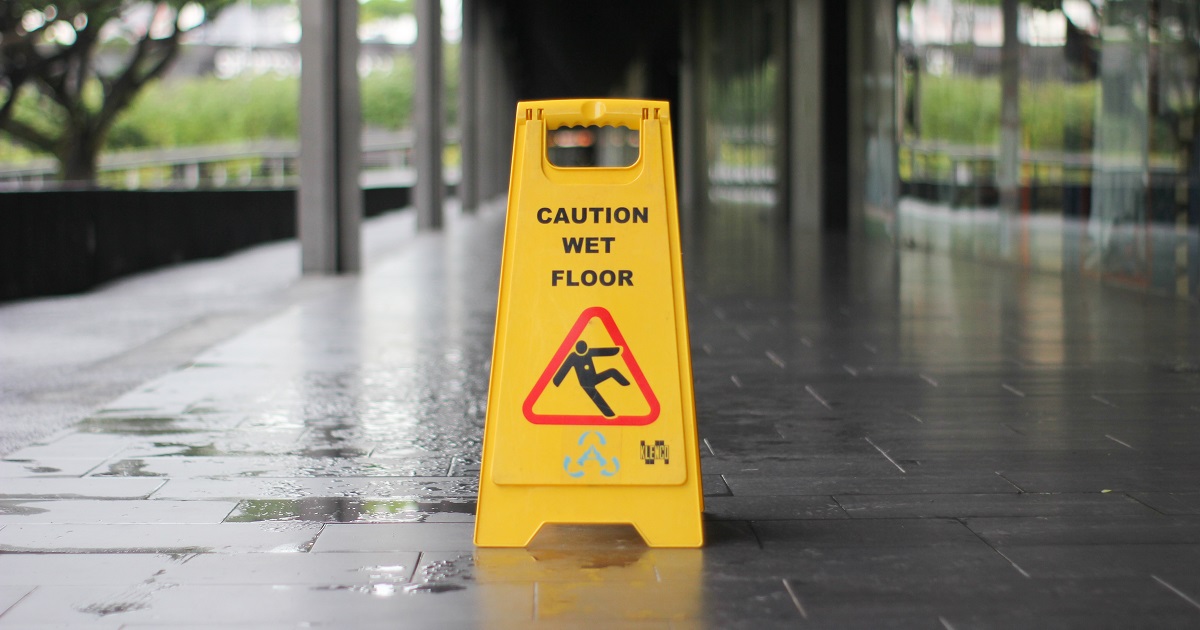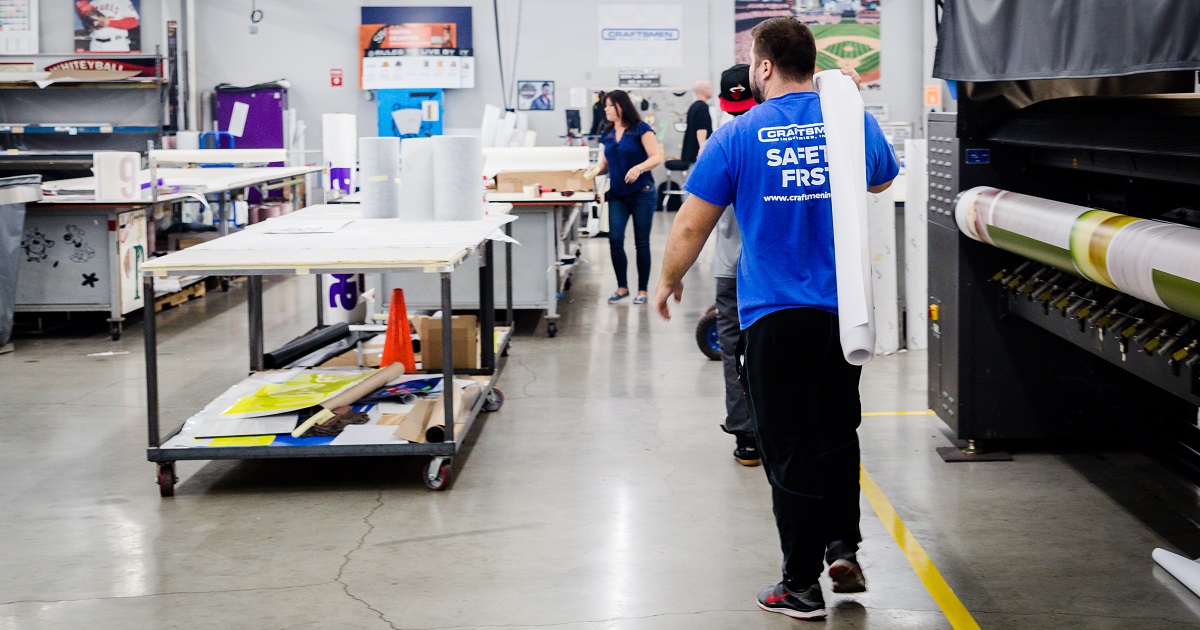For Media Inquiries
Contact Revee White, Director of Marketing and Communications at rwhite1@mem-ins.com or 573.499.4190.
Slips, trips, and falls are leading causes of workplace injuries. At Missouri Employers Mutual, they make up about 28% of lost-time claims. They also cost about 35% more than the average claim. How can employers spot the hidden floor safety hazards that cause these costly injuries?
On this episode, we sit down with Russell Kendzior. He is an internationally-recognized safety authority and educator. Kendzior consults with businesses in the manufacturing, insurance, and safety industries. He gained his expertise by working in the field. Kendzior has written three bestselling books on accident prevention. He also serves as the president of the National Floor Safety Institute.

First, we’ll talk about common hazards that can be found in every business. Then, we’ll share the difference between trips and falls. Finally, Kendzior will offer his top tips for a safer workplace.
Listen to this episode on the WorkSAFE Podcast, or read the show notes below.
Common causes: how slip, trip, and fall injuries happen in every business
For Kendzior, every single business is at risk for slip, trip, and fall injuries. “I’ve had cases where people have slipped and fallen on their way to a funeral – a graveside service,” he pointed out. “People slip and fall in the most unusual places.” For one out of every 108 people who fall, it will be fatal.
Where are these fall risks hidden? They begin right at the front door.
Floor mats: a high-traffic trip hazard
One of the biggest slip and fall risks lies right at the front door: floor mats. “When you walk in to any business – restaurant, retail, hospital – you usually will encounter a floor mat.” Floor mats catch dirt and dust. Their purpose is to keep entryways as clean as possible. As a result, they are put directly in front of doors.
Kendzior has seen more injuries from floor mats than any other. On a busy day, they flip and buckle. On a rainy one, they become soaked with water. Consequently, people trip and fall as soon as they enter a place of business. Elderly customers are often most at risk. Catching a shoe on a floor mat, Kendzior shared, usually results in broken bones for older patrons.
Many workplaces are moving away from using floor mats. Carpet tile, also called “walk-off tile,” is another option. However, not every business can commit to carpet tile. Entryways may be too small. If you must use floor mats, Kendzior recommends:
- Buying the right type of mat
- Ensure the mat is safety certified
- Replace them when wet

Slippery floors: little spills lead to big spills
Slick floors are the cause of another major fall hazard. They are most often seen in restaurants. Grease spatters on to kitchen floors. An employee might step in a bit of spilled oil and track it across the floor. A melting ice cube creates an unseen wet spot. These hazards are created right inside the workplace.
Kendzior pointed out that small spills are more dangerous than bigger spills. Most people don’t look at their feet – or the floor – while walking. A big spill is easier to notice and step around. A small spill usually isn’t. Retail spaces are also subject to spill hazards. Bright lights and reflective floors make it hard to spot liquid.
Similar to trips, slips present the most risk to the elderly. “When you’re young, and you slip and fall, you kind of hit the ground and bounce – and you’re embarrassed,” Kendzior explained. “When you’re sixty, and you slip and fall, you hit the floor and you do not bounce, you break. You’re probably not going to get up.”
As a result, the elderly are more at risk for serious injuries. Moreover, these injuries also result in expensive claims. “Falls are the leading cause of emergency room visits,” he added. They are also the leading cause of nursing home admissions.
A missed step: falls caused by curbs, sidewalks, and parking lots
Around nearly every business is a curb, sidewalk, or parking lot. Kendzior recommends keeping a close eye on these areas. Cracks and damage easily catch shoes. In the winter months, ice coats ramps and walkways. As a result, some visitors don’t even make it inside the business. They fall just outside. Paint curbs and steps – indoors and out – a bright, contrasting color. Customers can’t afford to miss them.

Not all falls are equal: different types of fall risks
“Falls come in all shapes and sizes,” Kendzior said. Not all falls are equal. Most are in one of two categories:
- Falls from an elevation. This includes falls from ladders, down stairs, or on a construction site. They are also most likely to be fatal.
- Falls from the same level. This includes slips and trips. These result in the most injuries – and the most harm.
Many people brush off fall risks. Instead of trying to prevent them, they prefer to rely on insurance to handle injuries. But for Kendzior, this isn’t the right attitude to have. If business owners don’t search for the cause of a fall, then they’ll continue to see them happen. Continued claims also affect e-mod and premium costs.
Prevent the injury, not the claim
Fall prevention equipment can help protect employees in case of a fall. However, it can’t prevent them. Lanyards and harnesses can minimize injury. Helmets and gloves protect heads and hands. Non-slip shoes can offer some safety on a wet or greasy floor. But without the investment of the employer, falls will keep happening if the cause isn’t removed. Kendzior reminds employers that they must do everything they can to prevent slips, trips, and falls. Don’t just prevent the claim, prevent the injury.

Kendzior’s top 3 floor safety takeaways
Kendzior recognizes that running a business is difficult – but making safety a part of your business isn’t. These three steps can help you create a safer workplace today:
- Educate yourself. Take safety courses and seek out training for your employees.
- Review safety standards. Seek out information on inspections and safety measures that are required for your business.
- Understand your hazards. Every business is different. Learn where the risks are and do your best to minimize them. Inspect your floors and see where you can make essential improvements.
Fall prevention resources at your fingertips
MEM invests in improving workplace safety in Missouri and nationwide. These essential free fall prevention resources are available now:
- Prevent Slips and Trips
- Construction Slips and Trips – Indoor
- Construction Slips and Trips – Outdoor
- Preventing Falls Down Stairs
- Food Service Slips, Trips and Falls
- Ladders Last
The National Floor Safety Institute provides additional resources to keep your surfaces safe. Learn which cleaning products are safety-certified and find floor safety standards.
For more safety policies and materials, visit our Resource Library. Then, take the first step in committing to safer alternatives that reduce the risk of falls by signing the Ladders Last pledge here.